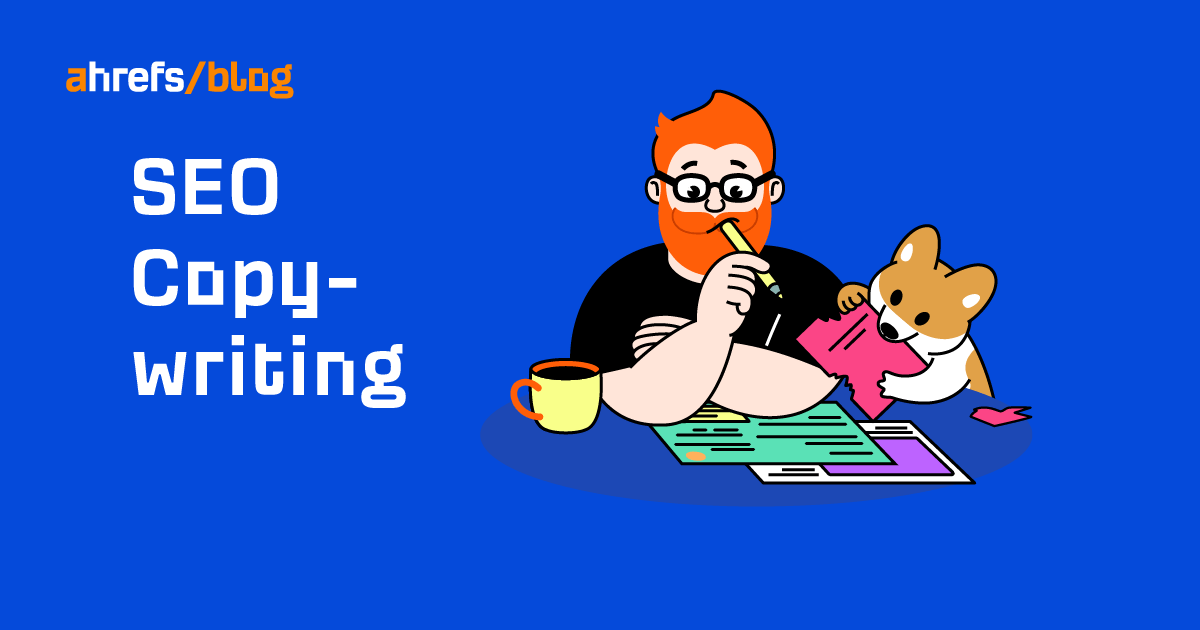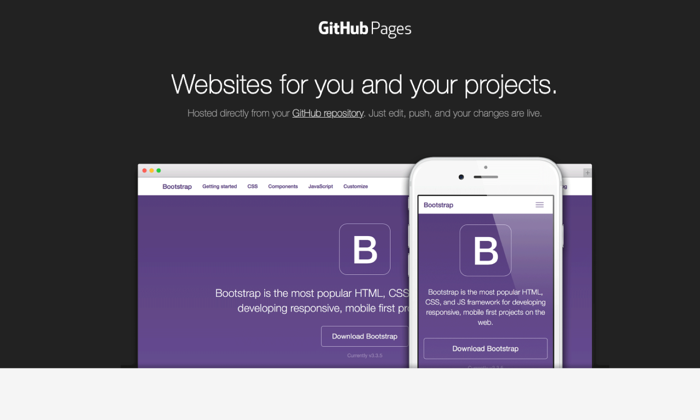The Importance of Maintaining Brand Consistency
A brand identity is one of the most essential components of any business. It is how a company is perceived by the world, and most importantly, its customers. A business’s brand goes far beyond its logo or products- it...

A brand identity is one of the most essential components of any business. It is how a company is perceived by the world, and most importantly, its customers. A business’s brand goes far beyond its logo or products- it encompasses its values, mission, culture, customer experience, and overall reputation. It is essential to maintain a high level of consistency across all business channels, including social media, websites, emails, advertisements, and even chatbots. With so many businesses offering the same products to consumers, it is important to create a unique identity when facing the public. The key to this is creating a sense of hyper-personalization in the customer’s mind.
Most companies are falling short of this goal. Two-thirds of customers are not receiving a personalized experience, despite 76% of customers wishing to have consistent interactions with a brand. 90% of businesses struggle with having inconsistent branding with their content, which has serious repercussions. This can create marketplace confusion with other companies’ products, a slower sales cycle, and a hindered ability to generate sales leads. On the flip side, companies that do focus on creating a consistent brand experience a 10% or higher increase in revenues.
The secret ingredient to creating a hyper-personalized experience for customers is the use of AI. Empowered by machine learning and artificial intelligence, this technology has the ability to create an ultra personalized shopping experience for specific audience segments. AI can track a consumer’s browsing data and purchasing data in real time to produce targeted ads and recommendations for their specific interests. The beginning stages of this method include single message mailing, field segmentation, and rules based segmentation. As a company moves into more mature stages of hyper-personalization, they begin to give behavioral recommendations, omin channel optimization, and predictive personalization. Each new stage leads to greater revenue growth.
There are already some major brands using this method to interact with customers. For example, 80% of Netflix users are relying on personalized recommendations for movies and shows to watch based on their previous viewing history, rather than searching it up on their own. Amazon has experienced 35% higher conversion rates on certain products based on sending out personalized product emails. Even Starbucks has experienced a significant improvement in performance (3x increase in incremental revenue) due to releasing personalization algorithms in their loyalty rewards apps.
The research is very clear- companies are making more sales the more efforts that they spend on personalizing their brand. 90% of customers find personalized ads more appealing, meaning they are much more likely to interact with and ultimately purchase from a brand. 72% of customers actually respond to marketing messages that are crafted to directly relate to their personal experiences. For example, if a customer has already searched up culinary sets on Amazon, they will likely engage with ads related to these types of products. Brands that fail to pursue these initiatives could lose up to 38% of their customers as they are no longer being engaged, which could result in a 23% loss of revenue.
Some of the world’s biggest brands have already become a success story in the world of generating a hyper-personalized brand identity. easyJet has a brand value of over $4 billion, which is largely driven by their focus on curating an extremely personalized customer experience. Some of their methods include sending out over 12 million emails that have branded graphics and destination imagery. These emails draw upon email copy with 12 modules and 28 data points. The results are staggering- 7.5% of email recipients made a booking in the following 30 days and 78% of customers reported a positive reaction to the campaign.
Spotify has been another successful company in this realm. Spotify Wrapped has generated a lot of social media buzz from users that are able to share their most frequently listened to artists and genres with family and friends, while sifting through their own personalized stats. In addition, playlists are created based on these metrics, which allow Spotify users to easily listen to their favorite music without much in-app navigation. In one year, between 2020 and 2021, there was a 461% increase in tweet volume related to Spotify and 131% more engagement with Spotify Wrapped tweets. The massive public press has direct impacts on drawing more users into the music streaming service.
Cadbury’s brand value is a massive $6 billion, and this is largely due to their efforts to create a personalized experience with their chocolate-consuming customers. They developed a Flavor Matcher app that matches users with one of their 12 offered flavors of chocolate. These custom results were produced by leveraging data-driven personal profiling to create specific advertisement videos and hashtags for their customers. 90% of viewers watched their personalized videos until the end, which is a huge feat considering the shorter attention spans of customers when it comes to ads. Cadbury also had a massive 33% conversion rate from viewers completing the next promotion form. These successful stories prove that brand personalization can be one of the best methods for driving higher business revenue.

 Fransebas
Fransebas 
































